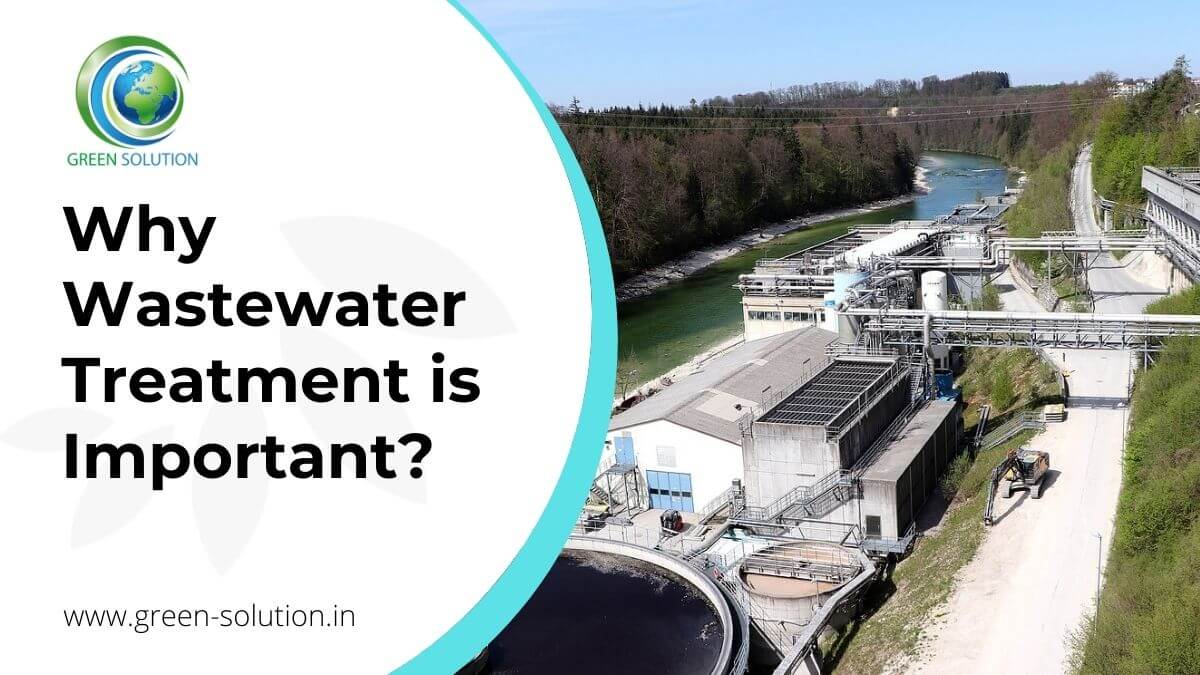Everything about Reclaim Waste
Table of ContentsGetting My Reclaim Waste To WorkReclaim Waste - TruthsThe Buzz on Reclaim WasteThe Greatest Guide To Reclaim WasteA Biased View of Reclaim Waste
Discover the types, incidents, and forms of fluid waste. Domestic sewer waste describes the waste and items from a domestic septic tank. This sort of waste is developed by humans in houses, institutions, and various other buildings. This only consists of sewage-disposal tanks that have a drainpipe area. The proper monitoring and disposal of residential sewage waste need liquid waste to be transferred to a sewage treatment plant where the appropriate methods and devices are related to purify and take care of waste.
Commercial waste usually consists of possible threats, such as flammable materials or a blend of fluid and strong waste products, and calls for a much more sophisticated and comprehensive disposal procedure. The disposal of commercial waste commonly includes the filtering of waste prior to transport to make sure secure and proper disposal. Hazardous waste is produced from byproducts and overflow of industrial procedures and production.
This sort of waste can not make use of the exact same sewer monitoring transportation or processes as septic or business fluids. The hazardous waste management procedure needs the evaluation and testing of fluid waste before it undergoes the disposal procedure (liquid waste removal melbourne). Overflow waste is the fluid waste that originates from overflow and excess stormwater in very booming locations or cities
Runoff waste can trigger contamination and flooding if not handled correctly. Making sure appropriate waste monitoring can protect against calamities and minimize ecological injury.
Little Known Facts About Reclaim Waste.
Call PROS Services today to discover our waste monitoring and disposal solutions and the proper ways to care for the liquid waste you produce.
(http://www.askmap.net/location/7161699/australia/reclaim-waste)Do you know what takes place to your water when you pull the plug, purge the commode or drain pipes the cleaning equipment? No? Well, it's worth knowing. This supposed 'wastewater' is not just a crucial resource but, after therapy, will certainly be released to our land, rivers or the ocean. Made use of water from commodes, showers, baths, kitchen sinks, washings and industrial procedures is referred to as wastewater.

water made use of to cool down machinery or tidy plant and equipment). Stormwater, a form of wastewater, is overflow that streams from agricultural and urban areas such as roofings, parks, gardens, roads, courses and seamless gutters into stormwater drains, after rainfall. Stormwater moves untreated straight to local creeks or rivers, at some point reaching the ocean.
The Best Guide To Reclaim Waste
In Queensland, the majority of wastewater is treated at sewer treatment plants. Wastewater is transferred from residential or commercial websites through a system of sewers and pump terminals, called sewage reticulation, to a sewage therapy plant. City governments develop, maintain and run most sewer therapy plants. Operators are accredited under the Environmental Management Act 1994 to discharge cured wastewater at an acceptable environmental requirement into rivers.
The Division of Natural try this site Resources advises city governments regarding managing, operating and maintaining sewerage systems and therapy plants. In unsewered areas, regional federal governments may require owners to install private or household sewage therapy systems to treat residential wastewater from toilets, cooking areas, washrooms and laundries. The Division of Natural Resources authorizes making use of home systems when they are verified to be efficient.
In some new communities, treatment of some stormwater to eliminate clutter, sand and gravel has started using gross toxin catches. Wastewater treatment takes place in four phases: Removes strong issue.
Utilizes tiny living organisms knows as micro-organisms to break down and remove remaining liquified wastes and fine fragments. Micro-organisms and wastes are integrated in the sludge.
The Ultimate Guide To Reclaim Waste
Nutrient removal is not readily available at all sewer treatment plants because it requires pricey specialised tools. Clear fluid effluent generated after treatment may still include disease-causing micro-organisms - liquid waste removal melbourne.

The majority of wastewater flows into the sewage system. Under the Act, neighborhood federal governments administer approvals and licences for ecologically pertinent tasks (Periods) involving wastewater launches that could have a neighborhood influence.
9 Simple Techniques For Reclaim Waste
Tracking gives valid details about water quality and can validate that permit problems are being met. The information obtained with tracking provides the basis for making water top quality choices.